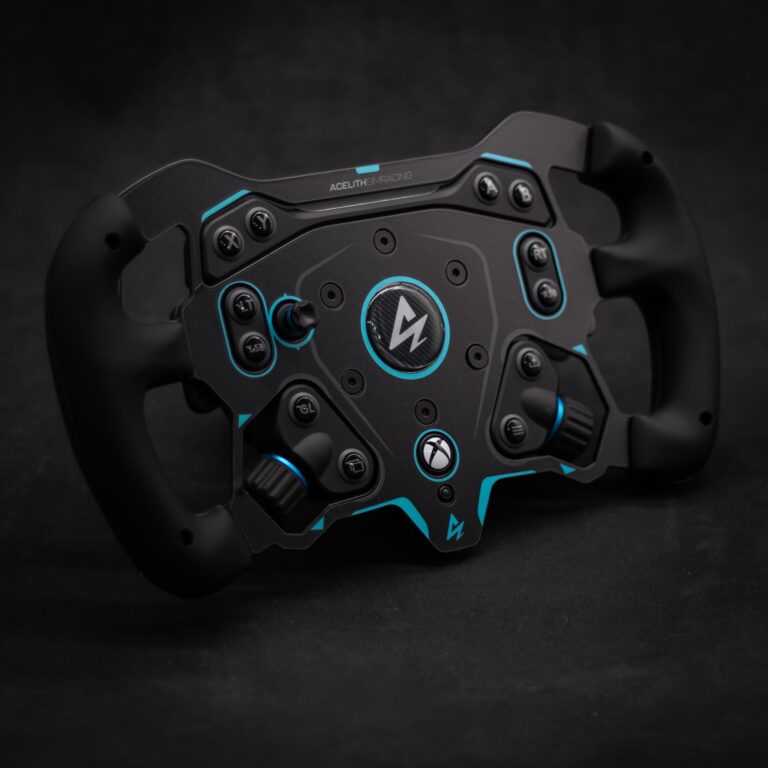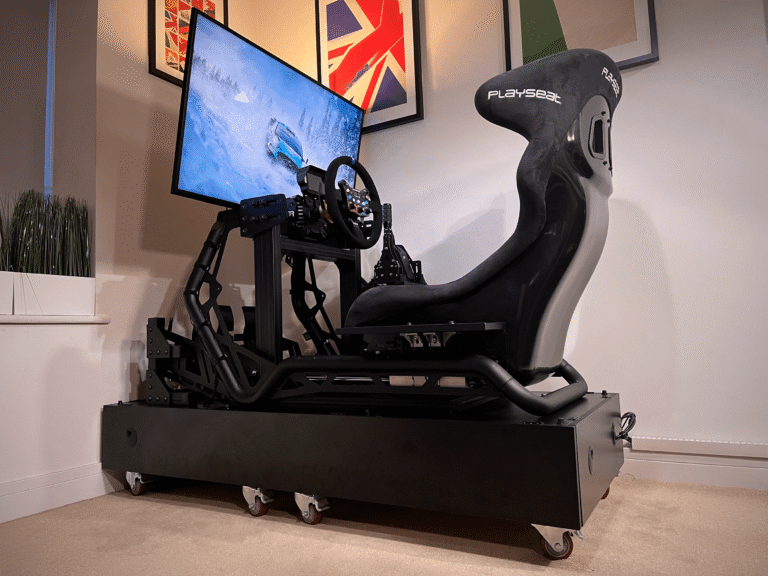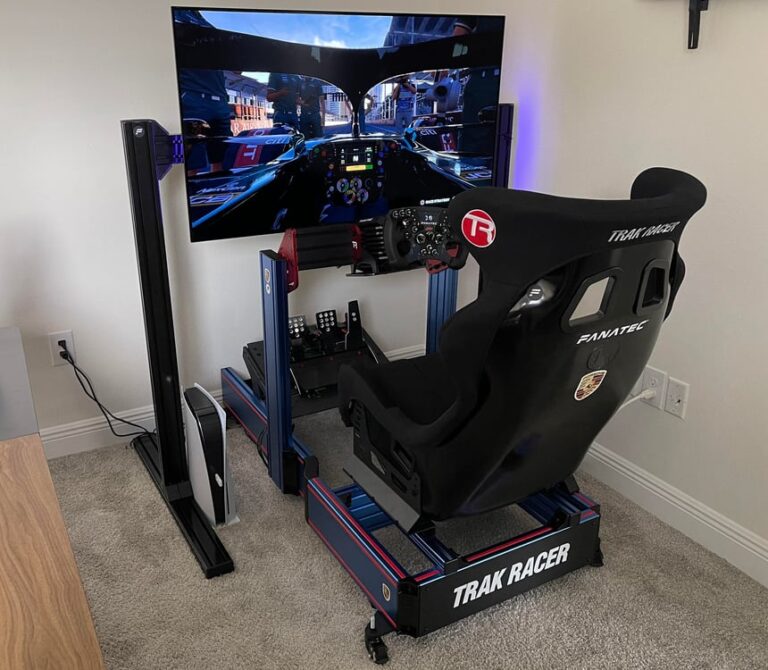Featured Image: DIY active pedal conversion using carbon-reinforced PLA and belt drive system
A resourceful sim racer has successfully converted their Asetek Invicta brake pedal into a fully functional active pedal for just £230, whilst commercial alternatives from Simucube start at £1,682 per pedal. The conversion, documented on Reddit’s r/simracing community, uses the open-source DIY Sim Racing FFB Pedal project from GitHub and showcases what’s possible with some engineering know-how and a 3D printer.
The builder, who goes by -Sc4mpi-, was motivated by the Invicta’s notoriously stiff brake pedal, which they describe as feeling like “trying to push your foot through a brick wall constantly” with only about 10mm of travel. After looking at commercial active pedal options and “nearly falling off their chair at the prices”, they decided to engineer their own solution.
The Technical Build
The conversion uses an iSV57T-130S servo motor (around £90), a V6 PCB, and custom-designed parts printed in carbon-reinforced PLA. The clever bit is the belt-drive gearbox that relocates the motor to the side whilst providing rear support for the heavy motor assembly. The design went through multiple iterations, with the latest V3 version including rear shaft support and bearing carriers for improved alignment and stability.

The total build cost of £230 includes the servo motor as the most expensive component, with the remaining parts sourced from AliExpress over about a month’s wait time. For context, a single Simucube ActivePedal retails for £1,682 to £1,980, meaning this DIY solution costs roughly 87% less.
Real-World Performance
According to the builder, the converted pedal now offers complete software adjustability – everything from pedal travel and resistance to force curves can be tailored via software. The system also provides force feedback effects like ABS judder, similar to commercial active pedals. Importantly, the belt drive system eliminates any grinding sensation from the motor, a common concern with direct-drive DIY builds.
The latest firmware update (0.22) has reportedly made the system even smoother, and the builder notes that once you’ve got speakers or headphones on, the motor noise becomes imperceptible. The rail currently offers 100mm of travel (though 50mm would have been ideal according to the builder), but it works “surprisingly well for a first version”.
Community Response and Implications
The project has sparked considerable interest in the sim racing community, with multiple users expressing interest in building their own versions. One commenter noted the “killer margins at the manufacturers side” when seeing the £230 DIY cost versus £1,750+ commercial pricing. The builder acknowledged this whilst being fair: “There are definitely some high margins on the Simucube gear, but they were the first to come up with the idea. This is built by me in my office versus a refined public offering.”

For those interested in attempting their own conversion, the builder recommends joining the DIY Sim Racing FFB Pedal Discord channel for group buys on PCBs and detailed build guidance. The GitHub repository contains full bill of materials, with different variants depending on your specific pedal setup.
Looking Forward
The builder is already working on refinements, with V6 now complete and functioning well. They’re planning to create a proper cover for the rail and PCB, and have redesigned the system multiple times to reduce lateral load from belt tension and improve overall balance.
This project demonstrates that with some technical skill and patience, the premium active pedal experience doesn’t have to come with a premium price tag. Whilst it won’t suit everyone – you’ll need a 3D printer, soldering skills, and the patience for trial and error – it’s a fascinating glimpse into how the sim racing community continues to innovate around manufacturer pricing.
Source: Reddit r/simracing








